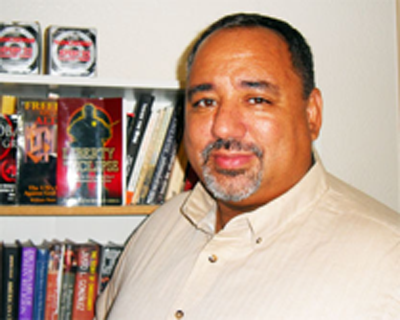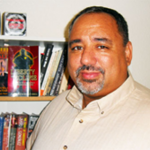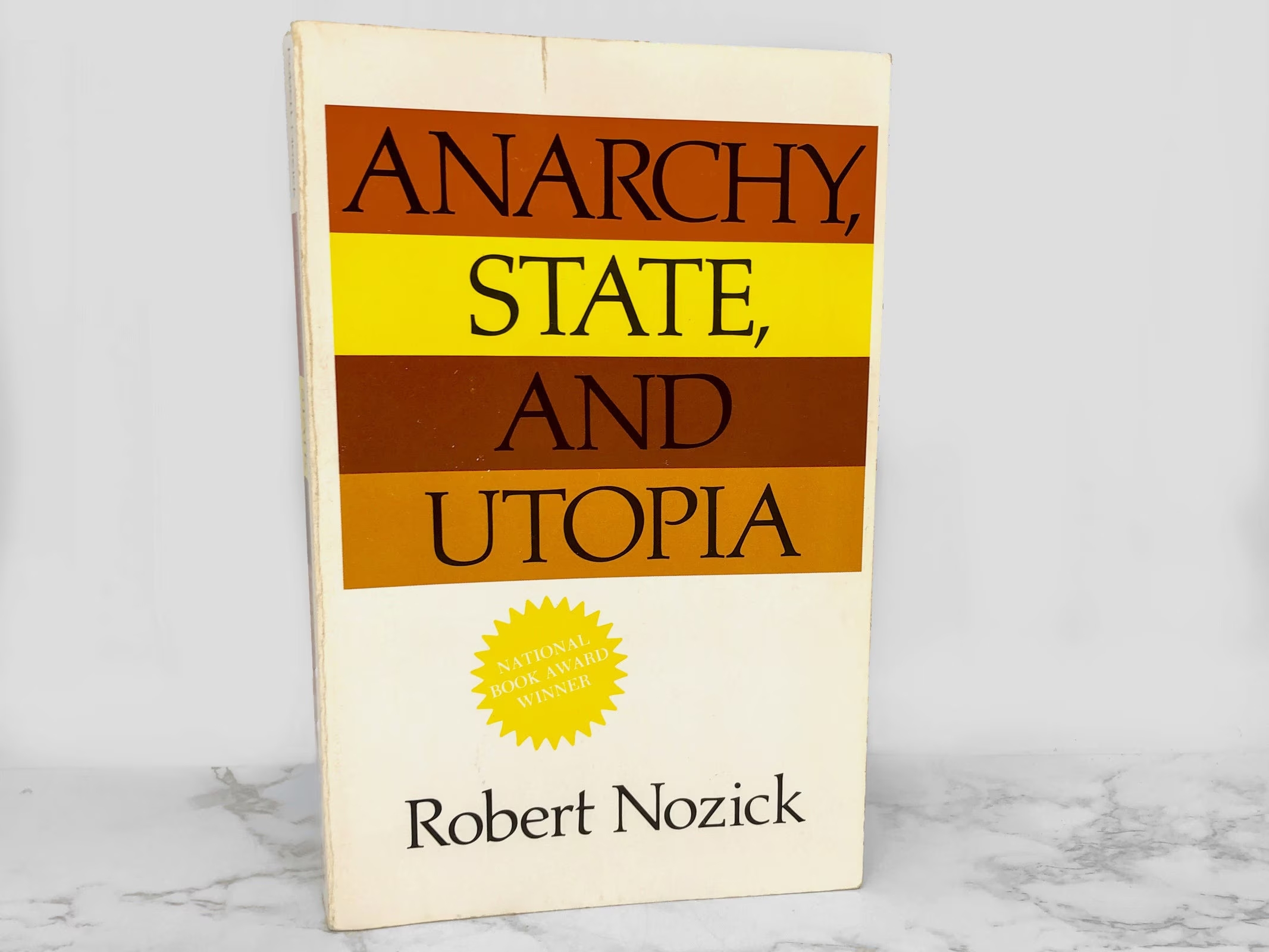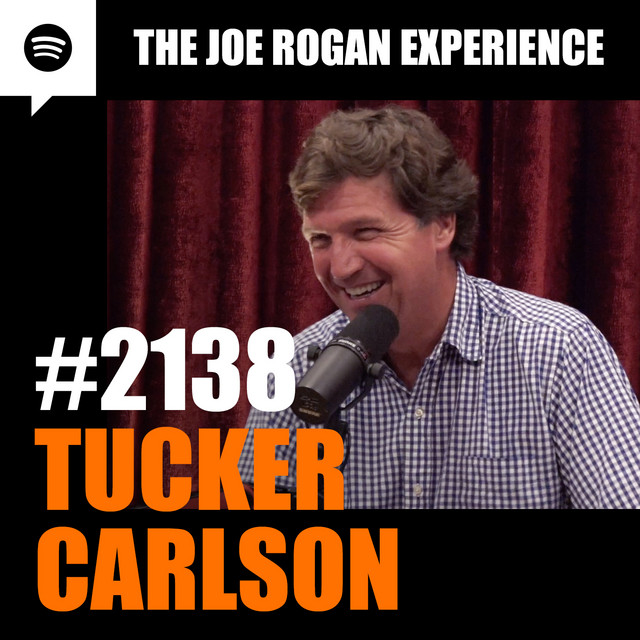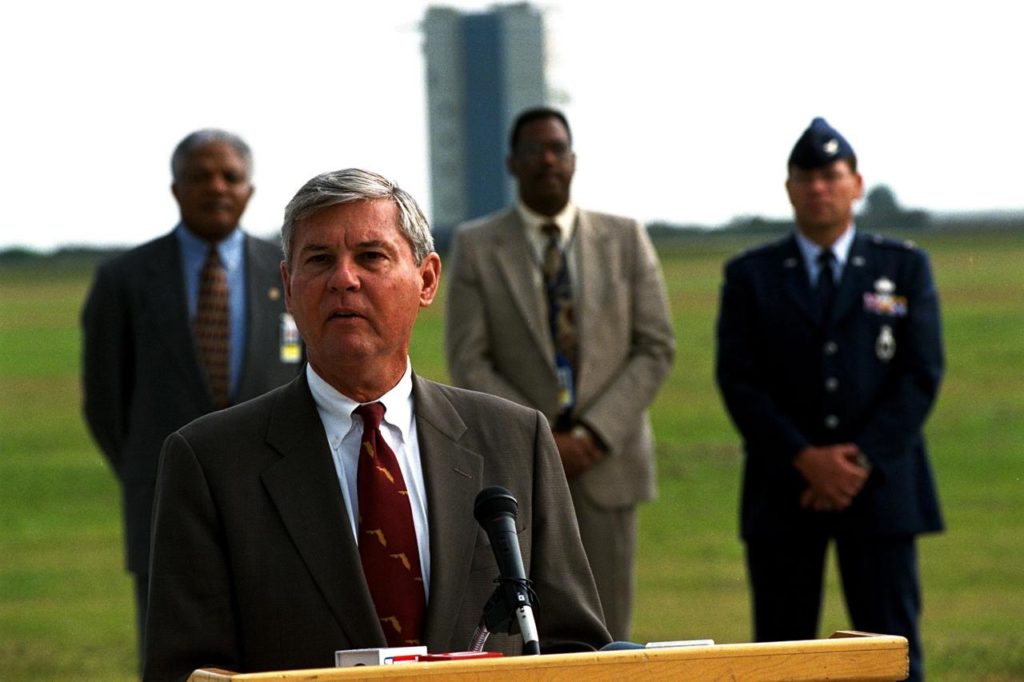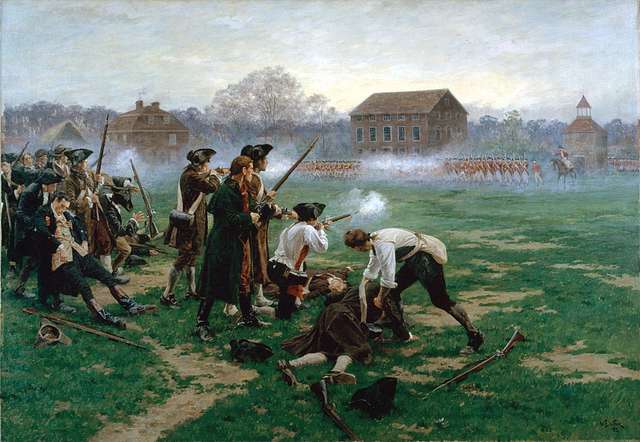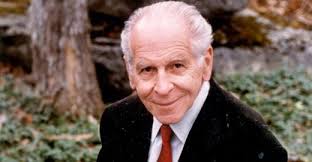Originally published December 5, 2014
In 1768, amid escalating tensions between the British government and independence-minded “radicals” in New England, two full regiments were deployed in Boston as peacekeepers. Their presence was, in
historian David Ramsay’s elegantly ominous phrase, “a fruitful source of uneasiness.”
London tried to preserve the pretense that the troops sent to police the colonies were deployed to maintain public order. However, as Ramsay observes, there was “a general conviction” within the population that the Redcoats had been dispatched as tax collectors, and “there could be no security for their property” until they were forced to leave.
By 1770, royal pronouncements and speeches in both houses of parliament increasingly characterized the Americans “as a factious turbulent people, who aimed at throwing off all subordination to Great Britain,” Ramsay continues. That hostility was reciprocated by “fiery spirits” in Boston “who thought it an indignity to have troops quartered among them, [and] were constantly exciting the townspeople to quarrel with the soldiers.”
Benjamin Franklin, who at the time had not abandoned hope of reconciliation between the Throne and the colonies, warned that stationing troops in Boston was akin to “setting up a smith’s forge in a magazine of gunpowder.” A random spark was set off on March 2, 1770, when a British soldier got into a shouting match with a local resident. Within hours a melee had broken out between Redcoats and “radicals” that rapidly escalated into a mob scene. Punches were thrown, and property was damaged, but nobody was killed.
Three days later, a contingent of armed Redcoats under the command of one Captain Preston was set upon by what one American historian later called “a crowd of disorderly loafers and boys of the town.” The troops had responded to what would now be called an “officer in distress” call from a sentry named Hugh White, who had gotten into an argument with a wig-maker over an unpaid bill.
In his
History of the American Revolution, Ramsay records that the British troops “were pressed upon, insulted and pelted by a mob armed with clubs, sticks, and snowballs covering stones. They were also dared to fire. In this situation, one of the soldiers who had received a blow, in resentment fired at the supposed aggressor.” That soldier, Private Hugh Montgomery, had been beaten to his knees by a club-wielding assailant before screaming “Damn you, fire!” to his comrades.
In the interest of “officer safety,” the troops were withdrawn. The mortal remains of Attucks and his two comrades were buried in a ceremony intended “to express the indignation of the inhabitants at the slaughter of their brethren, by soldiers quartered among them, in violation of their civil liberties.”
The jury, in defiance of the prevailing public sentiment, found mitigation in the fact that the soldiers had been “insulted, threatened, and pelted, before they fired,” wrote Ramsay. Preston and five of his men were acquitted. Two of the soldiers were found guilty of manslaughter and subsequently branded. The trial, Ramsay concludes, “reflected great honor on John Adams, and [his assistant] Josiah Quincy and also on the integrity of the jury….”
The verdict of public opinion diverged sharply from the outcome of the trial. Skillful propagandists like
Samuel Adams (who had helped incite the riot that precipitated the killings) and
Paul Revere elided some facts, misrepresented others, and immortalized the event as the “Boston Massacre.”
“The anniversary of it was observed with great solemnity,” Ramsay recorded. “Eloquent orators were successively employed to deliver an annual oration, to preserve the remembrance of it fresh in their minds. On these occasions the blessings of liberty – the horrors of slavery – the dangers of a standing army – the rights of the colonies, and a variety of such topics were presented to the public view, under the most pleasing and alarming forms. These annual orations administered fuel to the fire of liberty, and kept it burning, with an incessant flame.”
It does no injury to the truth to suggest that the effort to capitalize on the “Boston Massacre” was the pre-Independence equivalent of today’s “Hands Up – Don’t Shoot” agitprop campaign. The victims in the March 5, 1770 event had assaulted law enforcement officers, after all. Some, perhaps most, of them were disreputable people who today would be casually denigrated as “thugs.”
In contemporary terms, he was
a virtual behemoth, standing six foot two inches tall and blessed with the brawny and well-conditioned physique of a man who earned a living by casting harpoons, dragging nets, and pulling on thick, heavy nets. Some accounts of the Boston Massacre cast Attucks in the central role, agitating the crowd and organizing the assault on law enforcement.
Obviously, this was no gentle giant. He was an impudent, violent man with no respect for authority and a dangerous gift for inciting rebellion against public order. He fought the law, and the law won – at least from the perspective of his detractors among British loyalists in the colonies.
“Eric Garner was a career petty criminal who’d experienced dozens of arrests, but had learned nothing from them,” sniffs McManus. “He was on the street July 17, selling untaxed cigarettes one at a time – which, as inconsequential as it seems, happens to be a crime.”
Eric Garner’s death, McManus pontificates, was a tragic but necessary demonstration of the futility of resisting the power of the divine State: “He was a victim of himself. It’s just that simple.”
In the moments leading up to his death, Garner had acted as a peacemaker, stopping a fight that the NYPD’s armed tax enforcers had chosen to ignore. Crispus Attucks, on the other hand, spent the last moments of his life inciting a rebellion against the collection agents of a much less oppressive government. McManus, who causally vilifies the former, most likely venerates the latter. People who cherish individual liberty should honor the memory of both.
The “Boston Massacre” represented what we could call “Peak Redcoat” – the moment at which it became clear that the existing regime, administered through a military occupation, simply could not endure.
The unpunished murder of Eric Garner could well signify that our present system has reached the point of “Peak Jackboot.” It is worth remembering, however, that the Regime ruling us is immeasurably more powerful, corrupt, and violent than that of George III, which allowed the colonial policemen who had killed Attucks and two others to stand trial for their actions.


